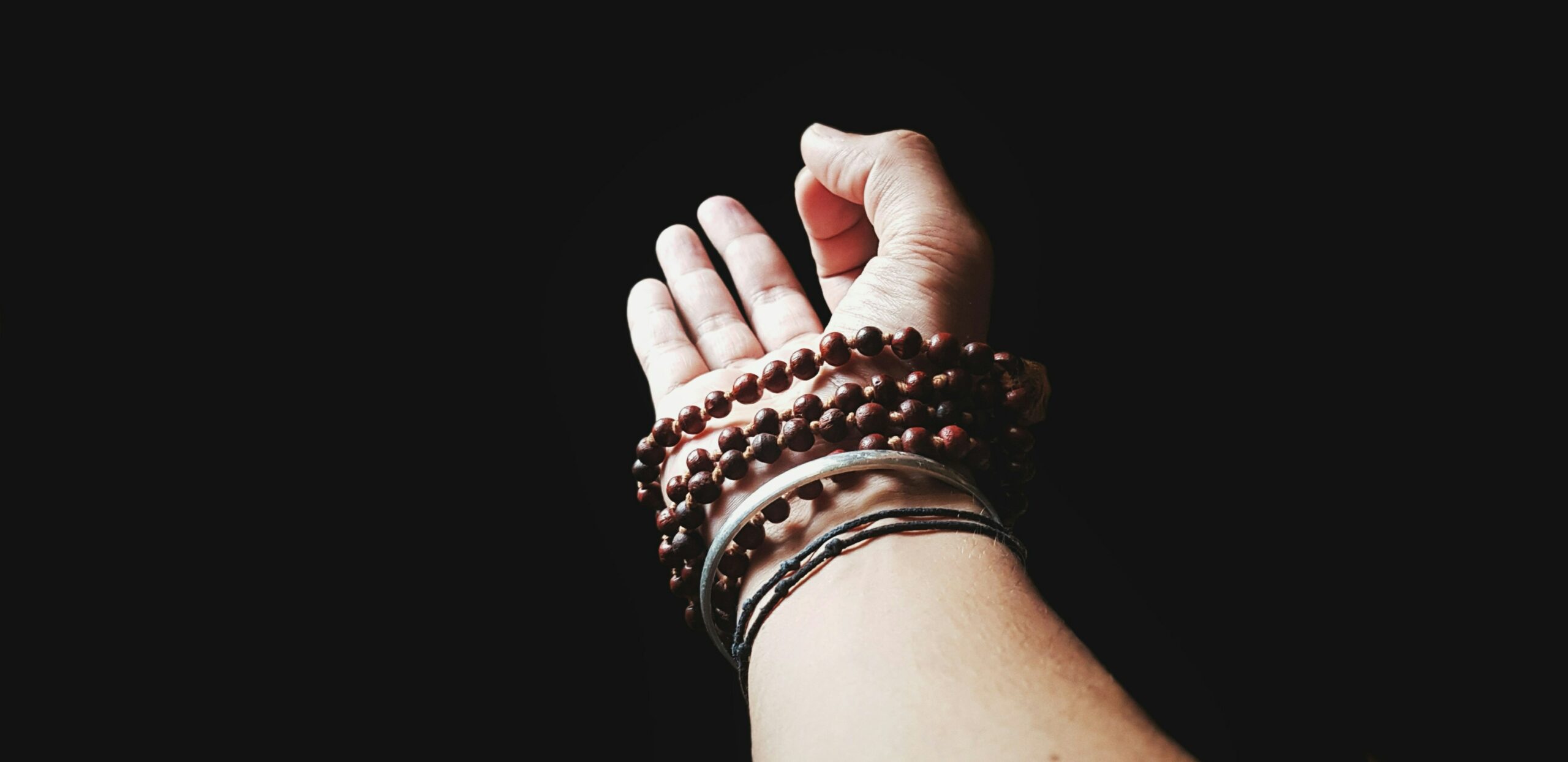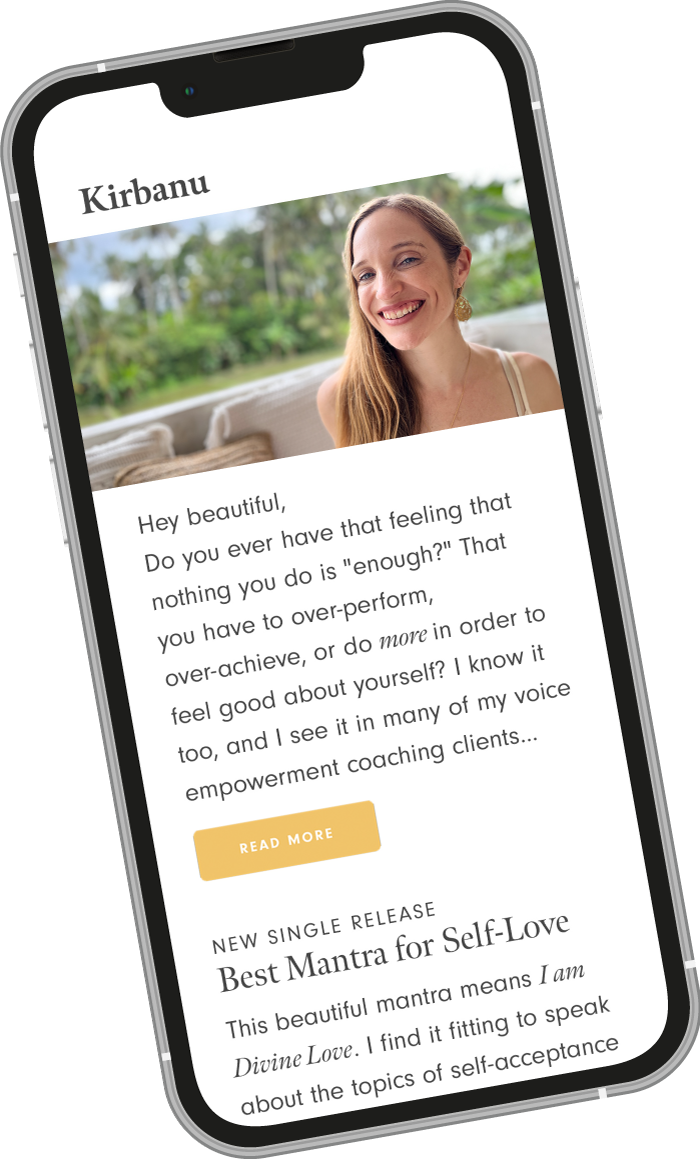Enhance Your Wellness Routine
What is Mudra?
If you practise yoga, you may have seen a Mudra or two being used in a class or at meditation circles. Or, if you watch people public speaking, you’ve likely seen one or two in use. In fact, people use Mudras often, perhaps not even realising when they do so.
So what exactly are Mudras? They are symbolic hand gestures that can be used to influence our inner energy flow and mood. While some Mudras involve the whole body, most are performed with the hands and fingers.
What Are the Benefits of Mudras?
Based on Eastern Philosophies and alignment with the elements such as Chinese meridian theory, mudras are said to help balance the body’s five elements— earth, water, fire, air, and ether —leading to overall health and well-being. Each finger represents one of these elements, and touching them in specific ways can influence the energy flow within the body.
In meditation, mudras can significantly deepen your practice. They help focus your mind, increase internal awareness, and bring a sense of calm and peace. This enhanced focus can make your meditation more effective, reducing stress and promoting emotional stability.
Using specific hand gestures, you can direct your energy flow to address feelings such as anxiety, anger, or sadness. This process can help you maintain a balanced mental state and improve your overall emotional well-being.
Spiritually, mudras connect you to higher states of consciousness and support spiritual growth. Regular practice of mudras can help you achieve a sense of inner peace, purpose, and enlightenment.
What is the History of Mudra?
Mudras have roots that stretch back to ancient India, deeply embedded in Hinduism, Buddhism, and Jainism. These gestures are commonly used not only for meditation and prayer, but also in classical dance to tell stories or convey spiritual ideas. Each Mudra has its unique meaning and purpose, designed to activate the body’s energy centres and flow in specific ways to facilitate states of being like peace, courage, or healing.
Historically, these gestures were seen as a means to directly affect life force energy (prana), aiming to balance physical, mental, and spiritual well-being. This ancient wisdom, akin to a sophisticated form of body language, allows each gesture to manifest a specific state of mind or intention.
In the practices of Hinduism, Jainism, and Buddhism, they are integral. Especially in Hatha Yoga, Mudras are often paired with Pranayama (breath control practices), typically in a seated posture, to stimulate various body parts involved in breathing and to influence the body’s energy flow. This is done to help deepen one’s inner awareness of themselves, and to bring a person into a state of meditation, potentially leading to Samadhi, the ultimate goal of yoga.
In everyday life, however, a Mudra practice can be as simple as a support tool to bring a person’s awareness and energy back to themselves, as well as to alter their inner state. Through this, one can change stress states and experience more ease in daily life.
It’s something one can use to facilitate access to various mental states, primarily through body language, acupressure points, and elements of traditional eastern healing practices. They are believed to induce neurological changes in the brain, leading to positive outcomes and enriching meditation practices.
By working with the eastern meridian system and the belief that each fingertip represents a different element, Mudras enable us to influence our inner elemental balance by bringing different points into contact with each other. This intricate system of gestures offers a powerful tool for harmonising and enhancing our overall well-being.
Join the Monthly Mantra Club!
Learn transformative mantras, diverse chanting techniques, and join an online community dedicated to heartfelt growth.
What are Five Helpful Tips for using Mudra?
Less is More: When using a Mudra, it’s best to only have a slight pressure in your fingers. Your hands should also feel relaxed whilst holding the Mudra position and there should be no tension. Make sure that your shoulders and arms are also relaxed and if you need, do a little stretching to free up any tension in these regions before your practice.
Make it a habit: Consistency is the key to training new and even if you take just a few minutes daily to practise, overtime, this can make the world of difference. The best thing you can do is choose 1-2 Mudras that speak to you at first and practise them consistently for a period of time (like 14-21 days).
I recommend linking your practice up to habits you already have, to make it easier for you to integrate. So if you meditate in the morning, consider adding the Dhyana or Chin Mudra into your practice. Or if you notice that in the afternoons you sometimes lose your energy, try a few minutes of the Ganesha Mudra whilst at your desk. A little a day, done consistently and with an open, curious mind, is a great way to begin a Mudra practice.
Be present: While doing a Mudra, pay attention to your breath, the sensation in your hands and arms, and the way your inner state of being changes, influenced by the Mudra. This can become a beautiful moment of mindfulness and self-connection for you.
Pair with breathing: Combining a Mudra with focused breathing can help to increase your sense of awareness and increase the effectiveness of the Mudra. For example, you could imagine softening the pressure between your fingertips as you breathe in and then pressing the fingers more intensely together as you breathe out. As you breathe, try to be aware of the entire torso as well as your arms and hands, and, if you can, observe how the energy flows through this part of your body.
Stay curious: Just like with mantras, you’ll find a Mudra for many different situations that you may wish to explore. Try choosing a few that speak to you for a period of time. There are many great books that explain what a Mudra practice is and give different types to try out, and you could also keep a journal recording your experience with the different Mudras, to build up your own personal practice of them.
Why start using Mudra?
Mudras can be a simple, yet powerful way to influence your mood, daily energy and overall wellbeing, right at your fingertips. They’re like little keys to unlocking different aspects of your health and mood, without taking too long to practice. Plus, they can be done anywhere, at any time, which can be super helpful when you’re feeling stressed at the office and need a little pick-me-up.
Whether you’re looking to boost your focus, calm down, or just feel a bit more balanced, there’s a Mudra for that out there. If you’re curious, try out a Mudra or two for yourself. You never know, your hands might just be one of the most powerful tools for wellness you weren’t using yet.
Mudras are a subtle yet powerful tool in yoga and meditation. They can enhance your practice, balance your energy, and promote overall well-being.
Join the Monthly Mantra Club!
Learn transformative mantras, diverse chanting techniques, and join an online community dedicated to heartfelt growth.
How to use Mudra in Daily Life?
The beauty of a Mudra is that you don’t need a yoga mat, special clothes, or an hour of spare time. You can do them pretty much anywhere, whether you’re sitting at your desk, chilling on your couch, stuck in traffic or standing in line at the grocery store. Here are a few simple Mudras and their techniques you can use to get started:
Start Simple: Gyan Mudra
This is created through touching the tip of the index finger to the tip of the thumb, with the other three fingers straight out. It’s often seen on a Buddha statue and is used to help increase concentration and mental clarity. Try it while you’re reading, working, or whenever you need to focus.
Morning Kick-Start
Add a Mudra to your morning routine to set the vibe for the day. The Prithvi Mudra, for grounding, can be a good one. Touch the tip of your ring finger to your thumb, and feel yourself connect with the stability of the earth. Spend a few moments in this gesture, and breathe deeply to start your day rooted and ready.
Stress-Busting on the Go
For a quick calm-down, the Varuna Mudra can be a lifesaver. This involves touching the tip of your pinky finger to your thumb, and it’s said to balance water in the body, which is great for calming emotions. Try this out together with some extended exhalations, the next time you’re feeling anxious or overwhelmed.
Deepen Your Meditation
If you’re already into meditation, throwing a Mudra into the mix can deepen your practice. The Dhyana Mudra is where one hand rests gently atop of the other one. Both palms face upwards with the thumbs gently touching. It’s used to enhance meditation and symbolises tranquility and concentration.
Pair with a Mantra
You can also pair a Mudra to your existing mantra practice, to help deepen your concentration and enhance your mantra practice. For example, try pairing the Ganesha Mudra with the Ganesha mantra as you chant. This Mudra is created by beginning with the hands together in the prayer position at the front of the chest (Anjali Mudra). One then twists the hands, turning the fingers away from each other, then cupping the fingers whilst gently pulling against them. This can create a certain feeling of inner strength that is supported by the Ganesha mantra.
Listen to Your Gut!
There’s a vast range of Mudra types out there. Each has its own significance, effect and symbolism. In this way, I recommend trying out different Mudras to see which resonate with you. Your body and intuition will guide you to the one that suits your needs. Try one out and see how it feels. Hold it for a few minutes whilst consciously breathing, and then reflect on your experience.




